When US President Donald Trump touched down in Saudi Arabia last week on a return visit to the Gulf, many observers viewed it as just another diplomatic engagement peppered with business deals and ceremonial fanfare. But beneath the pageantry lay a far more consequential message: a long-overdue recognition of the seismic transformation sweeping across the Gulf region. Trump’s public affirmation of these changes – social, economic, and geopolitical – lent weight to what many in the region have long known but felt the world had been slow to acknowledge: the Gulf is not only modernizing, it is redefining the global narrative of what modernization in the Muslim world can look like.
The prevailing perception of the Gulf has long been tethered to a narrow triad: oil wealth, religious conservatism, and authoritarian rule. For decades, Western policymakers and media pundits reduced the region to a caricature – petro-monarchies cloaked in tradition and resistant to reform. But that perception no longer holds. Since Trump’s first visit to Saudi Arabia in 2017, the region has accelerated its trajectory toward diversification and innovation. His recent visit served to acknowledge and validate those efforts at a global level.
Saudi Arabia’s Vision 2030, launched by Crown Prince Mohammed bin Salman, represents the cornerstone of the Kingdom’s push to redefine its socio-economic identity. What was once considered unthinkable – concerts, cinema, women driving, public festivals, and women in government and corporate leadership – is now becoming the norm. The transformation is not merely about liberalizing entertainment or increasing female workforce participation; it is about reshaping the very ethos of the nation. While challenges remain – particularly in areas such as political dissent and freedom of speech – the magnitude and direction of these reforms are irrefutable.
Trump’s endorsement of these efforts did not come across as superficial flattery. Instead, it conveyed an understanding that change, especially in deeply traditional societies, must emerge organically. The reforms unfolding in Saudi Arabia and its neighbors are not being imposed by foreign powers; they are being envisioned, funded, and implemented by the region’s own leadership, often in concert with a burgeoning youth demographic hungry for change.
If Saudi Arabia represents the region’s drive for reform, the United Arab Emirates (UAE) is its showcase for what that reform can achieve. Dubai and Abu Dhabi are now synonymous with futuristic urban development, tech-driven public services, and cutting-edge innovation. The UAE was the first Arab country to send a probe to Mars, and its investments in artificial intelligence, renewable energy, and digital governance have made it a global trendsetter.
The UAE has also emerged as a sanctuary for global talent, establishing itself as a hub for startups, multinational corporations, and international diplomacy. Trump’s visit underscored the country’s strategic significance not just as an economic powerhouse, but as a key diplomatic player in a volatile region. It is no coincidence that the UAE played a pivotal role in the Abraham Accords, normalizing relations with Israel and signaling a shift towards a more pragmatic, post-ideological foreign policy framework.
Qatar, too, has undergone a transformation that belies its small size. The successful hosting of the 2022 FIFA World Cup was more than a sporting achievement; it was a statement of national ambition and capability. Despite facing criticism and scrutiny over labor rights and cultural conservatism, the event presented a polished, modern face to billions around the world.
Qatar has also positioned itself as a vital mediator in regional and international conflicts, from Afghanistan to Lebanon. Its role as a facilitator and peace broker, amplified by the media reach of Al Jazeera, has enhanced its diplomatic credentials and made it an indispensable voice in the Middle East. Trump’s visit and his remarks on Qatar’s growing diplomatic clout served as a nod to the country’s rising influence.
One of the most underappreciated drivers of Gulf transformation is the returning diaspora of educated youth. Across Saudi Arabia, the UAE, and Qatar, thousands of students who studied abroad-many on government scholarships-are bringing back not just degrees but new ways of thinking. These young professionals are infusing government ministries, startups, NGOs, and educational institutions with fresh perspectives and global best practices.
What distinguishes this wave of returnees is not just their technical knowledge, but their sense of purpose. Gulf leaders have empowered them by placing them in strategic roles and giving them a stake in the nation’s future. This confidence in the youth is one of the clearest indicators that change is not only cosmetic, but structural.
Despite these advancements, skepticism persists in many Western capitals. Reform in the Gulf is often dismissed as a PR exercise, or worse, a cover for ongoing repression. Critics argue that without political liberalization, these changes are hollow. But such binary thinking – that a society must choose between liberal democracy and authoritarian stagnation – overlooks the complex realities of regional governance and cultural transformation.
Trump’s visit helped to challenge that narrative. His public acknowledgment that the reforms are being driven from within – not dictated by Washington or Brussels – validated the region’s agency. That recognition, simple as it may seem, was profoundly significant. It sent a signal that Gulf nations are not merely subjects of international policy, but authors of their own story.
Perhaps the most diplomatically symbolic moment of the trip was Trump’s meeting with Syrian leadership, brokered by Saudi Arabia. His announcement of lifting sanctions signaled a potential pivot in US policy, but more importantly, it reflected the Gulf’s growing role in shaping the Middle East’s future. Rather than relying solely on Western frameworks, countries like Saudi Arabia are now actively facilitating regional dialogue aimed at stability and deradicalization.
This role as stabilizers and reformers is especially vital in a time when extremist ideologies continue to exploit disillusionment in other parts of the Muslim world. By promoting a vision of coexistence, innovation, and pragmatism, Gulf states are offering a compelling counter-narrative to radicalism.
In the end, Trump’s visit may be remembered less for its specifics and more for what it represented: a turning point in global recognition of the Gulf’s transformation. While criticism and caution are essential in evaluating any nation’s reform agenda, so too is fair acknowledgment of progress when it occurs.
The Gulf states are not perfect, nor are their reforms complete. But they are moving – and in a direction that offers hope for the region and lessons for the world. If the international community can move past its outdated assumptions and meet the Gulf on the ground it now occupies, a new era of cooperation, understanding, and shared progress may be within reach.
Please follow Blitz on Google News Channel
Sonjib Chandra Das is a Staff Correspondent of Blitz.
trumps-visit-marks-recognition-of-gulfs-transformative-progress

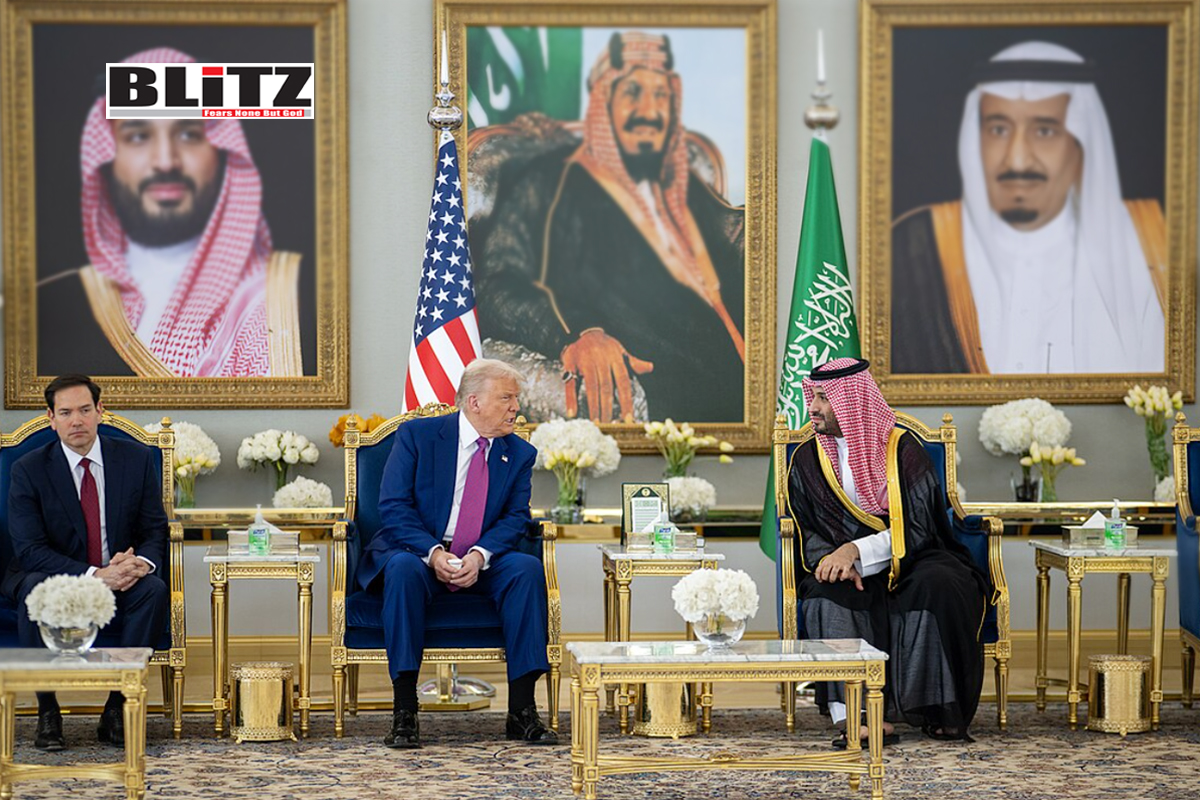
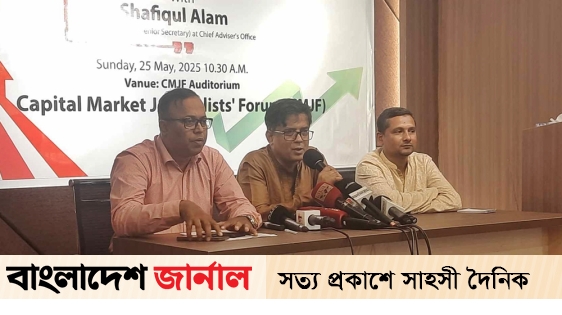

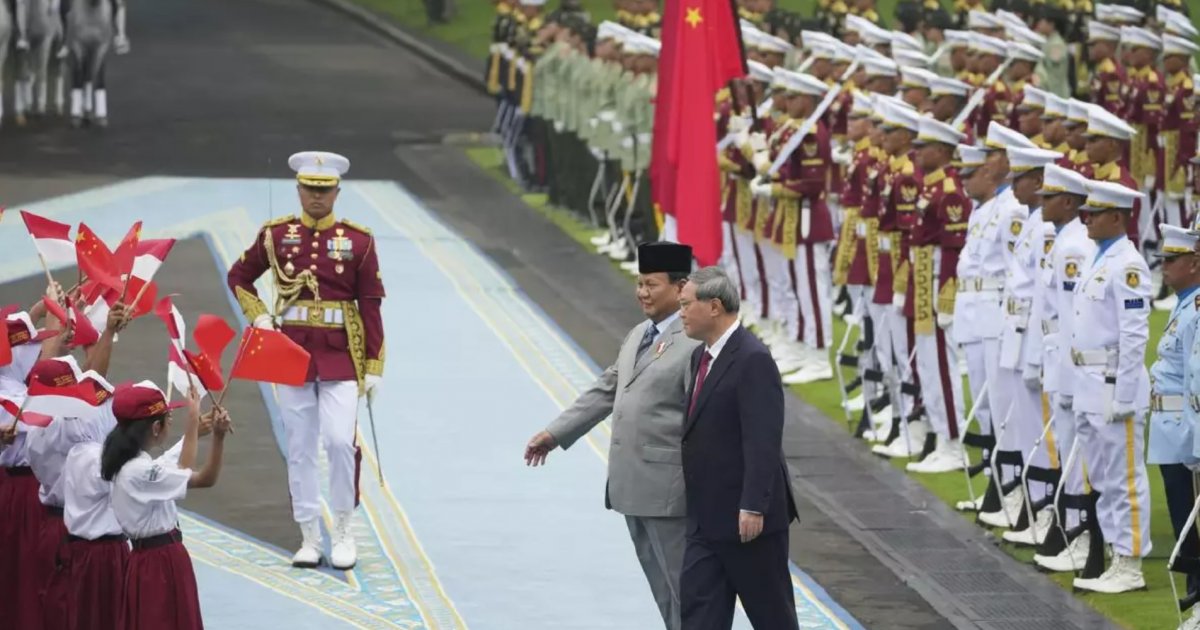



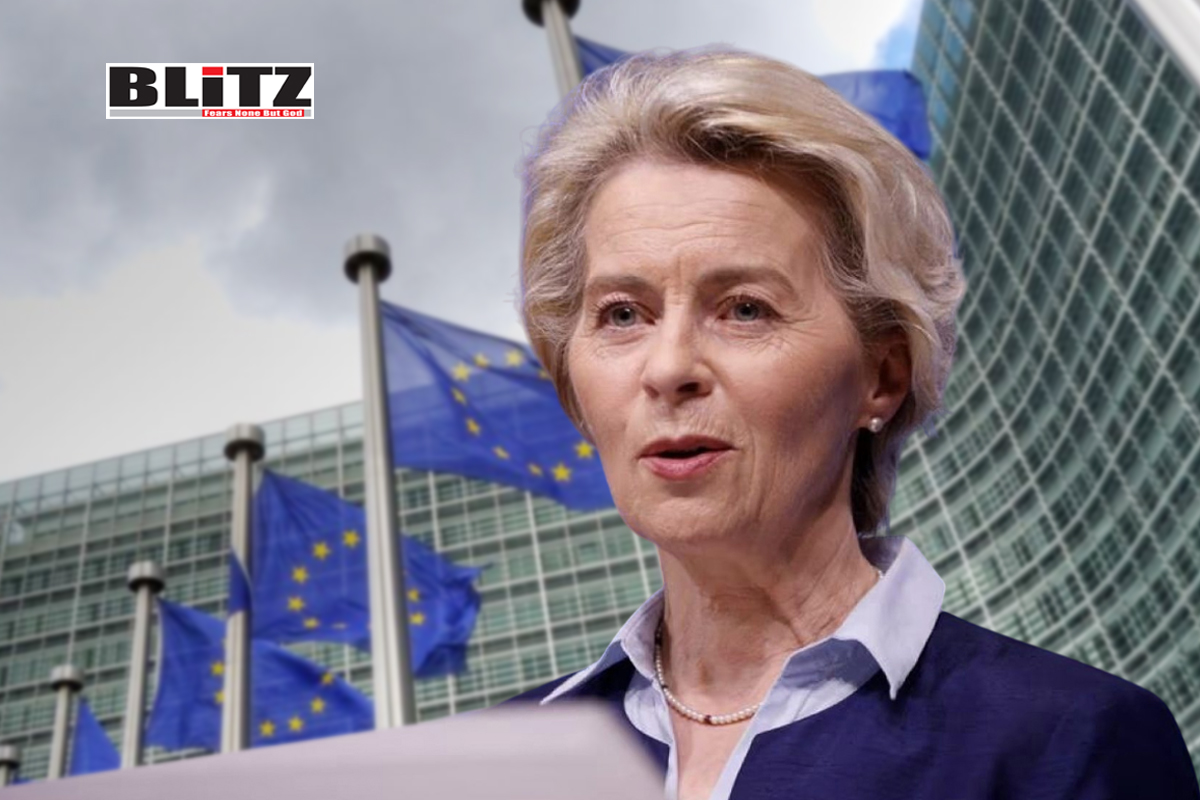
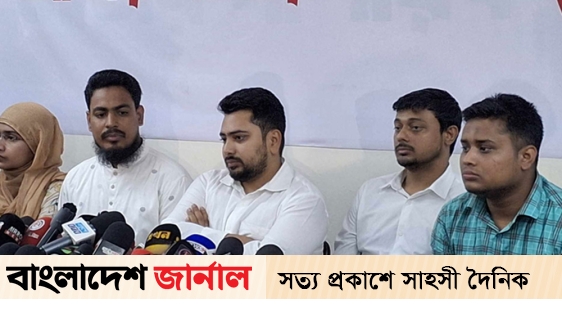

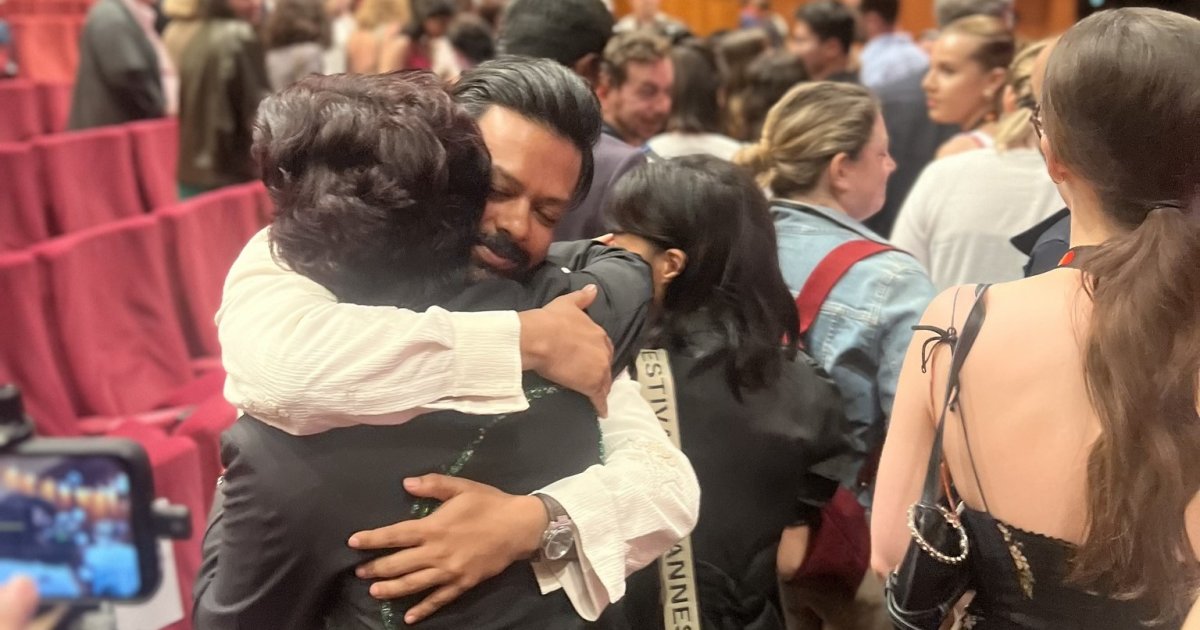

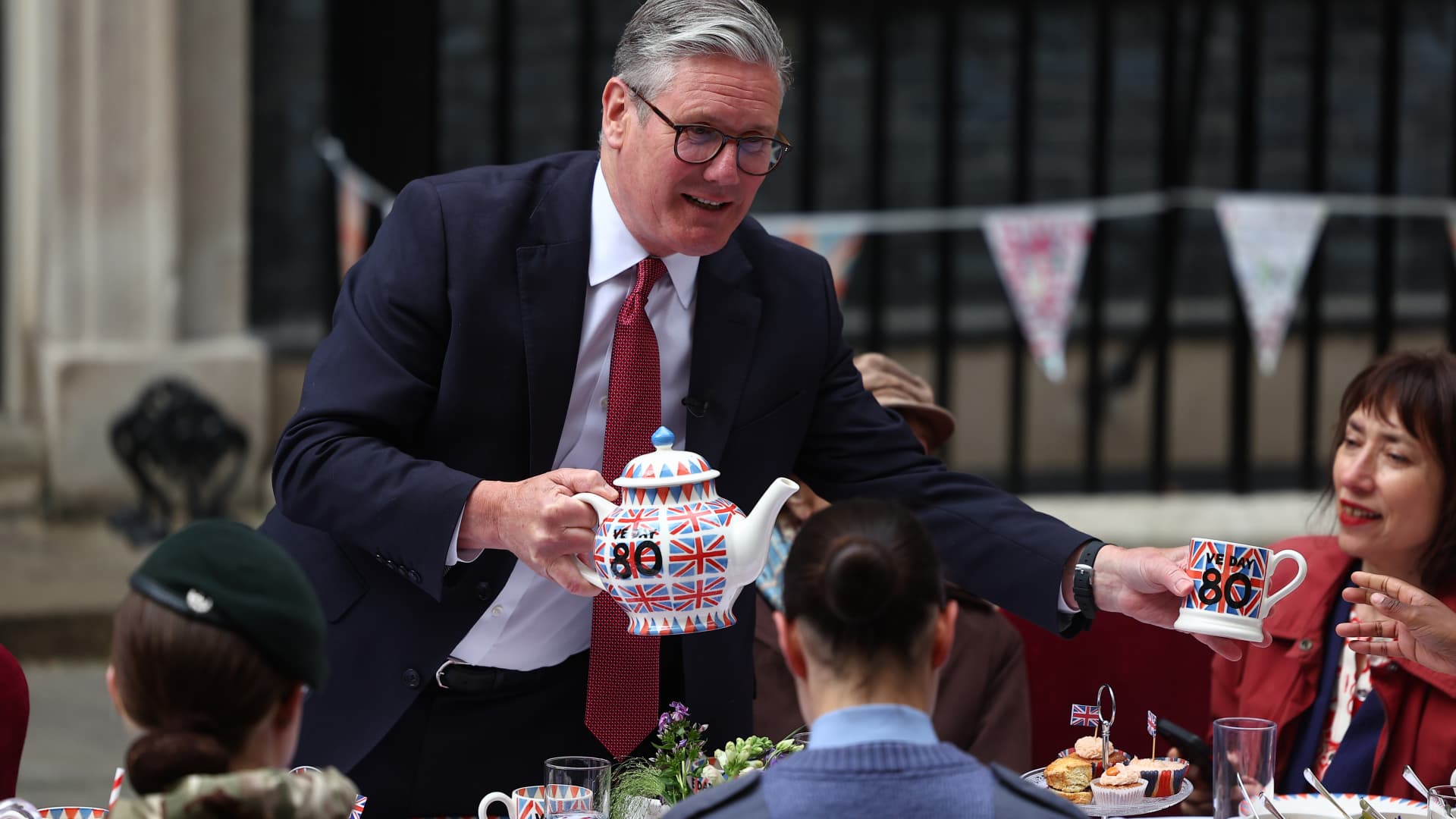
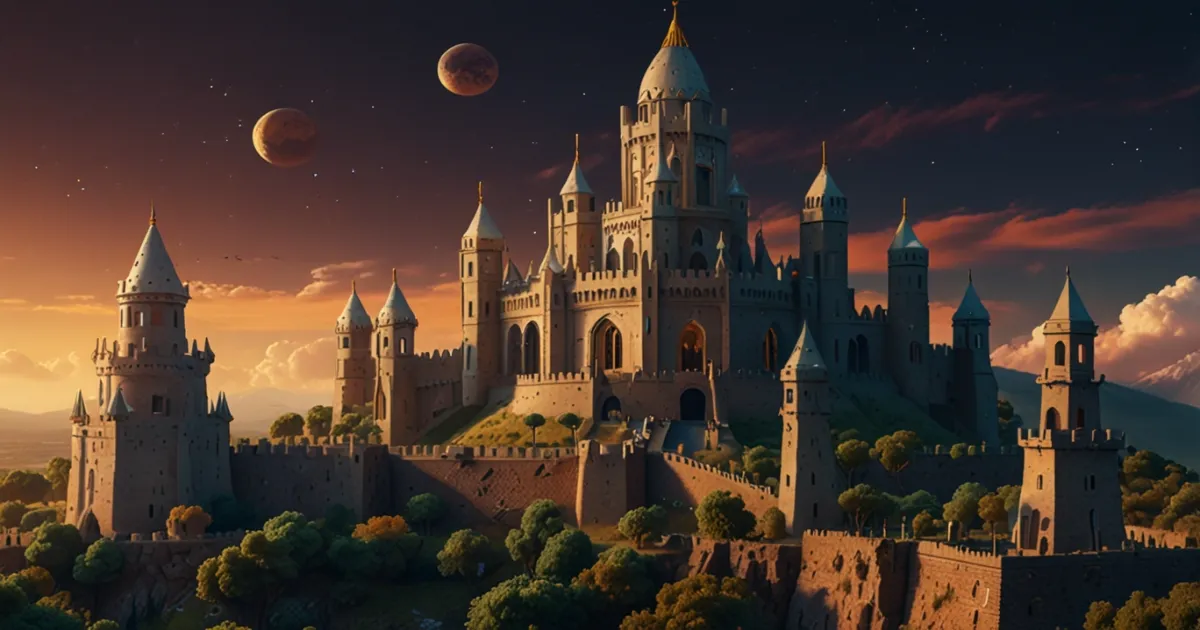

Leave a Reply